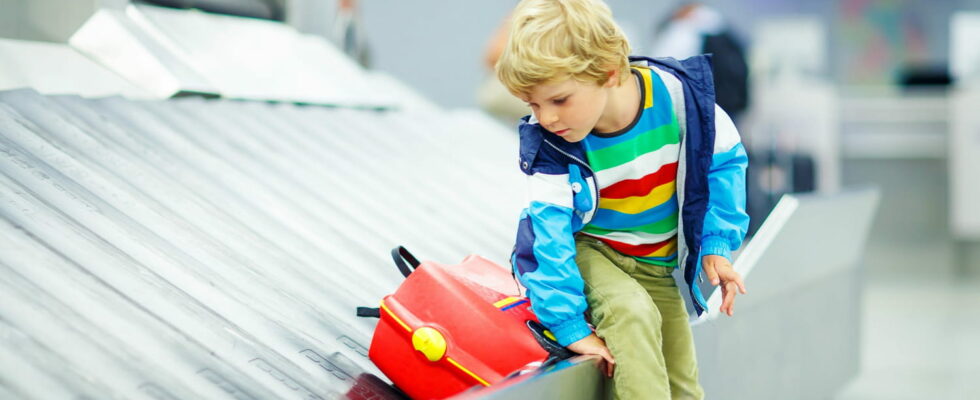Getting turned away from a flight is possible when traveling with young children, especially for this very specific reason.
You are ready to go to your holiday destination, your suitcases are packed, the whole family is impatient to relax in the sun… But some minor ailments that appear during childhood can prevent the parents concerned from boarding their plane. Indeed, the pilot as well as the crew can refuse you access if your child suffers from this childhood illness, which has a seasonal peak at the beginning of spring and summer.
This viral infectious disease, which mainly affects babies and young children, is extremely contagious, so other passengers on the flight are also at risk, especially pregnant women and people who are fragile or have a weak immune system. In fact, if your child has chickenpox, he or she will not be allowed on board the plane and some young passengers have already been disembarked for this reason.
However, it is still possible to board the plane if all the blisters have turned into scabs and the doctor has provided you with a medical certificate proving that your child is no longer contagious. Also, do not hesitate to contact your airline before the trip to check what restrictions are imposed and whether it is possible to postpone the trip or obtain a refund.
You generally have to wait seven days after the last spots appear to be able to confirm that the lesions no longer pose a risk of contagion for those around you. So check with your airline to find out whether or not your child with chickenpox can be accepted on board the flight. And if you are stuck with your family abroad for the same reason, know that your insurance can cover your medical repatriation to France, with your family members.
Remember that chickenpox is transmitted by direct contact with skin blisters and mucous membranes, but also by respiratory route, by inhalation of saliva droplets. A child is also contagious 24 to 48 hours before the appearance of redness, for about a week, or until the blisters form a crust.
